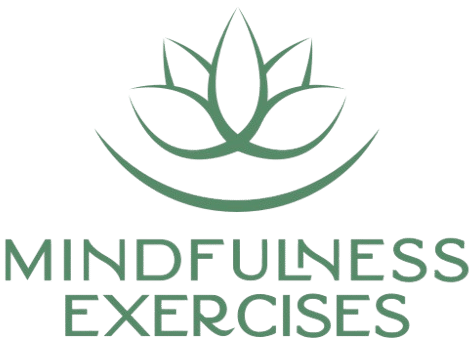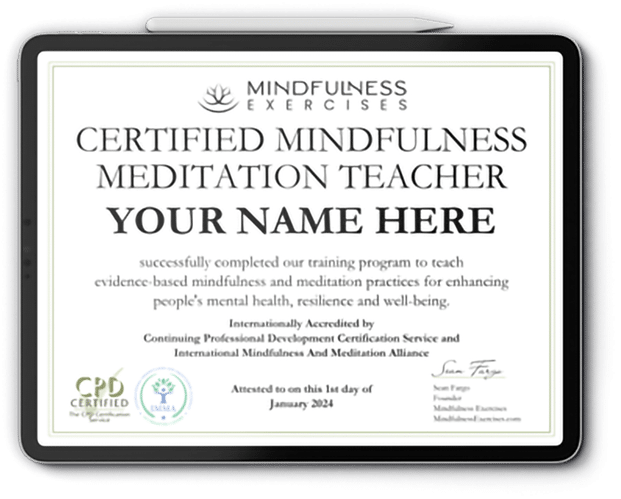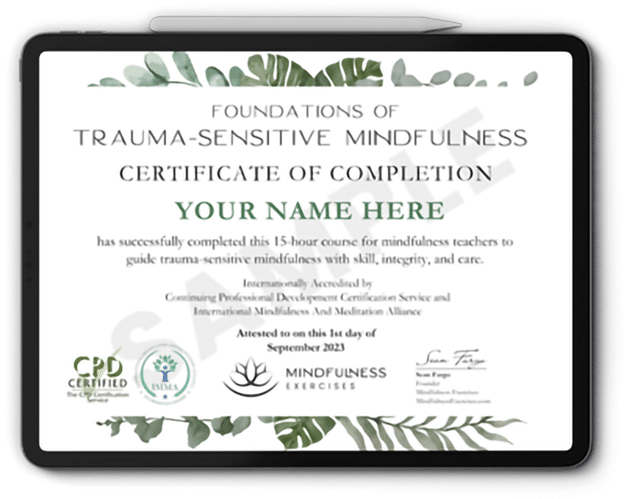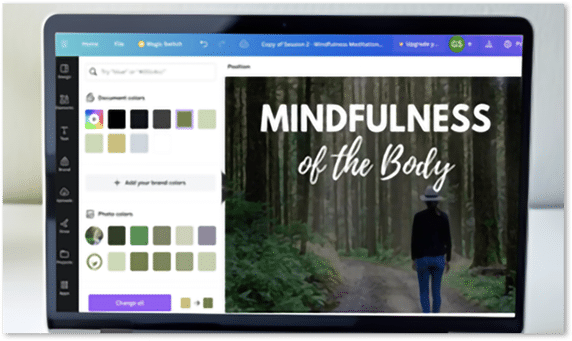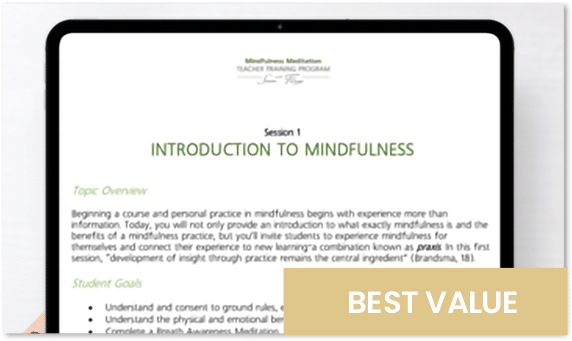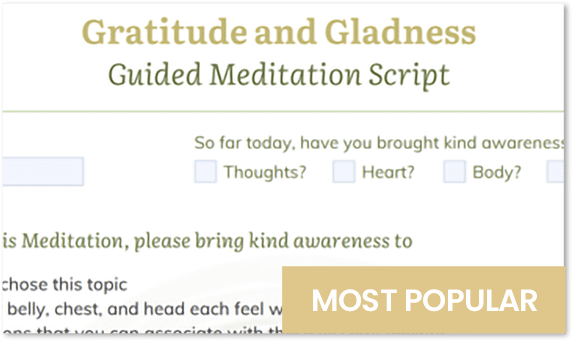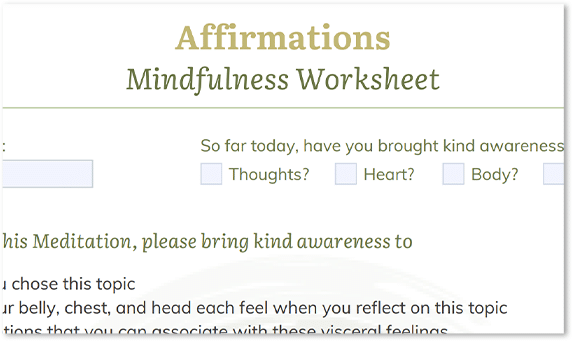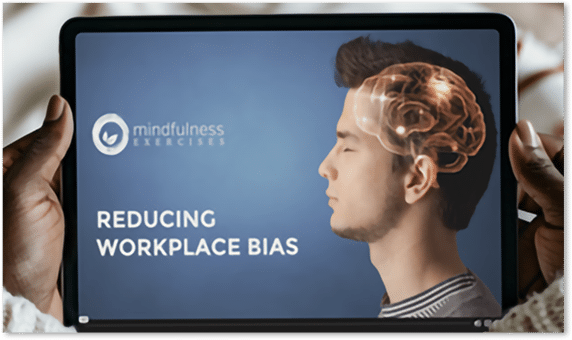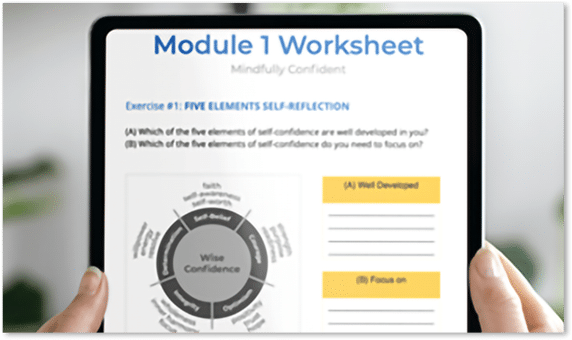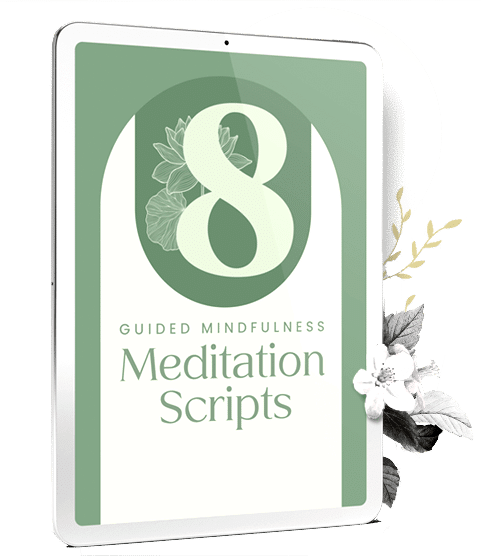In today’s always-on world, sleep often feels like a luxury instead of a birthright. Between endless notifications, work demands, and deeper personal worries, many of us lie awake long after night falls. Yet true rest is not just recovery—it’s reclamation.
When we reclaim deep, restorative rest, we:
- Rebuild neural pathways for resilience
- Balance hormones like melatonin and cortisol
- Strengthen immunity and emotional well-being
- Create a ripple effect of calmer, kinder relationships
As a mindfulness teacher and retreat guide, I’ve seen the power of meditation practices to restore sleep for individuals, families, and even high-stress corporate teams. And you can teach these techniques too—whether to a restless child, a stressed colleague, or a community group.

Below are three mindfulness practices you can share to guide others into restful sleep.
The Sacred Pause: Unlocking the Body’s Invitation to Rest
How to Teach It: Begin a session by drawing attention to the pause at the end of each breath. This often-ignored gap is a natural entry point into the parasympathetic nervous system—the body’s “rest and digest” state.
Try this rhythm: Inhale for four counts, hold for two, exhale for six, and pause for four. Encourage participants to feel the stillness in that pause.
Why It Works: The pause mirrors life’s natural rhythm and gently teaches the mind to release control, which is essential for healthy sleep cycles.
Teaching Tip: Share your own experience. For example: “I’ve used this during sleepless travel nights—it’s not about forcing sleep, but befriending the quiet.”
The Progressive Body Melt with Sensory Anchors
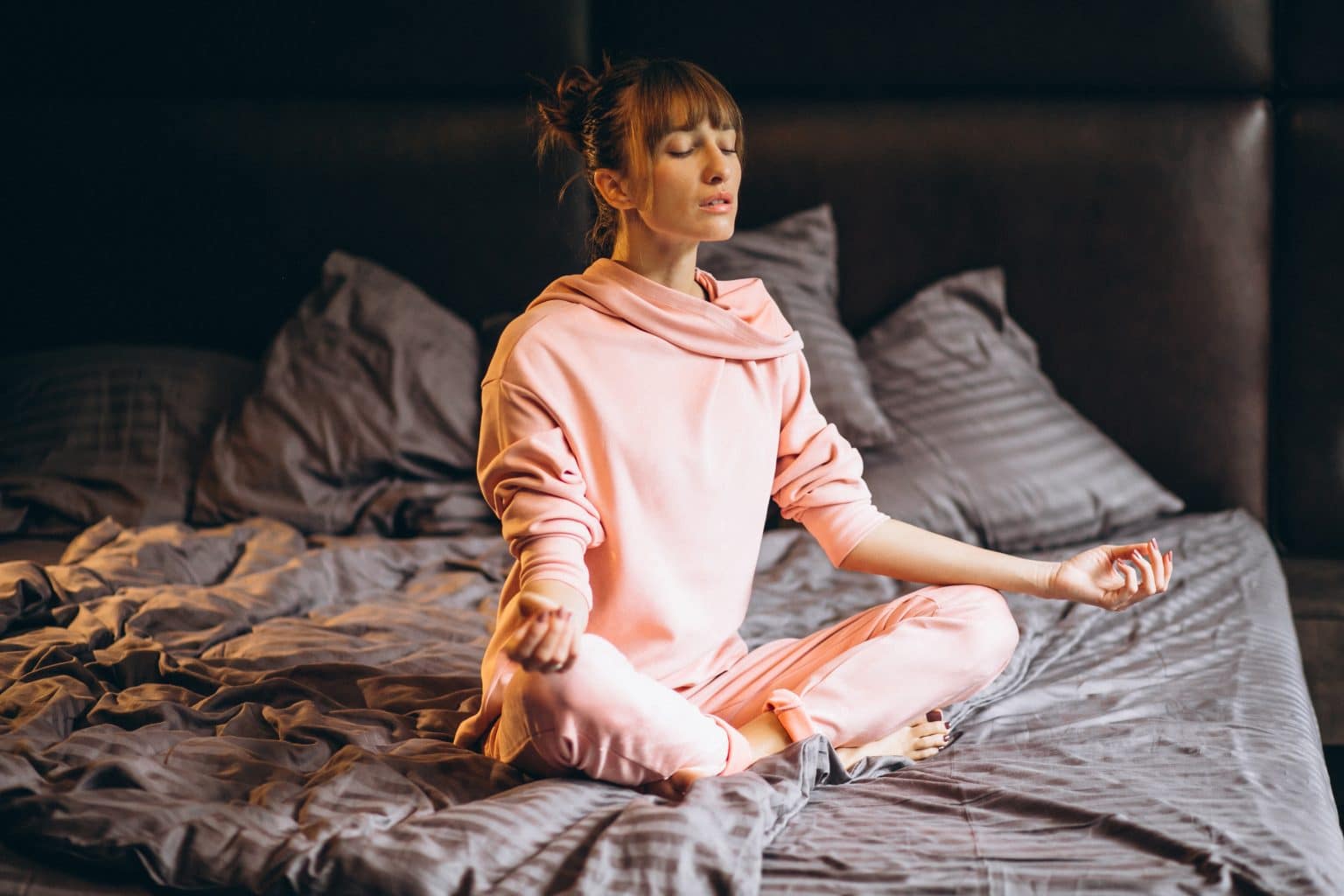
How to Lead It: Guide a body scan with a twist. As participants move from toes to crown, invite them to “melt” each area like wax softening under warmth. Add a sensory cue, such as the coolness of sheets or ambient sounds, to deepen the effect.
Why It Works: Neuroscience shows this method helps downregulate the brain’s default mode network, quieting rumination and easing overthinking—perfect for those chasing 7–9 hours of quality sleep.
Teaching Tip: Encourage personalization. If “melting” doesn’t resonate, suggest visualizing roots growing from the body into the earth for grounding.
Gratitude Drift: A Heart-Centered Way to End the Day
How to Guide It: Close the practice with 3–5 minutes of gratitude reflection. Ask participants to recall three small things from the day that brought ease—a kind word, a warm sip of tea—and let these memories cradle them into sleep.
Why It Works: Gratitude isn’t just “feel good” fluff. Research shows it boosts oxytocin, supports deeper delta sleep (the body’s most restorative phase), and reduces ego-driven stress.
Teaching Tip: Allow for long pauses. Silence is golden here, creating space for personal reflection. Remind them gently: “Sleep is your ally, not a battle.”

Bringing It All Together
Teaching mindfulness for sleep is not about scripts—it’s about empathy and intention. When you lead others through practices like the Sacred Pause, the Body Melt, and the Gratitude Drift, you offer more than a relaxation technique. You offer them a path to reclaim rest as a radical act of self-love in a culture that rarely slows down.
If you’d like hands-on resources, visit MindfulnessExercises.com. You’ll find free scripts (including a customizable 10-minute sleep meditation), audio guides, and even certification opportunities for those who want to go deeper.
